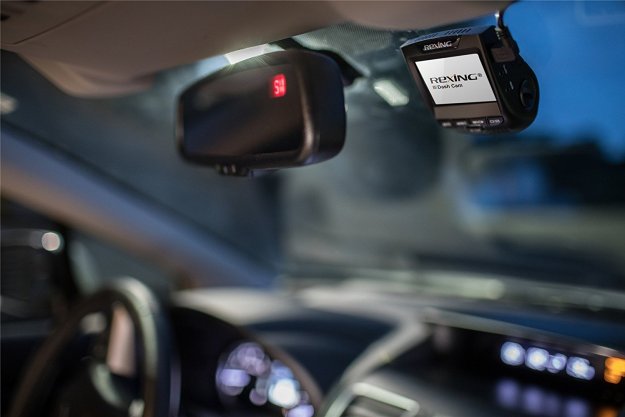As is often the case with these things, the reappearance of the Bullitt Mustang was no coincidence. Current owner Sean Kiernan explained to Jay Leno that he and Ford “found each other” and worked together to stage the car’s comeback. Kiernan’s father, Robert Kiernan Jr., bought the car in 1974 after seeing an ad in Road & Track for a “Bullett” Mustang. He was the only one who inquired, and got the car for $6,000. That was actually a lot of money for a used 1968 Mustang in 1974.
In 1977, McQueen wrote a letter to Robert Kiernan Jr., asking for the opportunity to “get back my ’68 Mustang.” As documented by classic-car insurer Hagerty, McQueen said he wanted to keep the car unrestored, as it had appeared in Bullitt, which he said was “simply personal.” But McQueen was only willing to go so far in getting the Mustang back. While he did offer to pay for a replacement car (the Kiernans were using the Bullitt Mustang as a daily driver), McQueen noted that he would do so as long as “there is not too much monies involved in it.”
The Bullitt Mustang was eventually retired from daily use and rolled into a garage. Meanwhile, the rest of the world assumed that it was simply lost. Spurred by Ford’s decision to launch special-edition Mustang Bullitts in 2001 and 2008, Sean Kiernan and his father intended to rebuild the car and share it with the public, but life got in the way. The senior Kiernan died in 2014, before the car was finished.
Today, the Bullitt Mustang is in drivable condition, but remains unrestored. Note that this is one of two Mustangs used to film the movie. Coincidentally, the other car was found in Mexico last year. That car had been stripped of many parts and had some restoration work done, making it less original than Kiernan’s car.
Kiernan has no plans to sell, but his Mustang is nonetheless incredibly valuable. Hagerty CEO McKeel Hagerty estimates the car could fetch around $4 million, noting that two other iconic television and movie cars, the original Batmobile and James Bond Aston Martin DB5, sold for similar amounts. There are also plans for a film on the Bullitt Mustang. This time, the car will probably be handled a bit more gingerly than the last time it was on screen.


